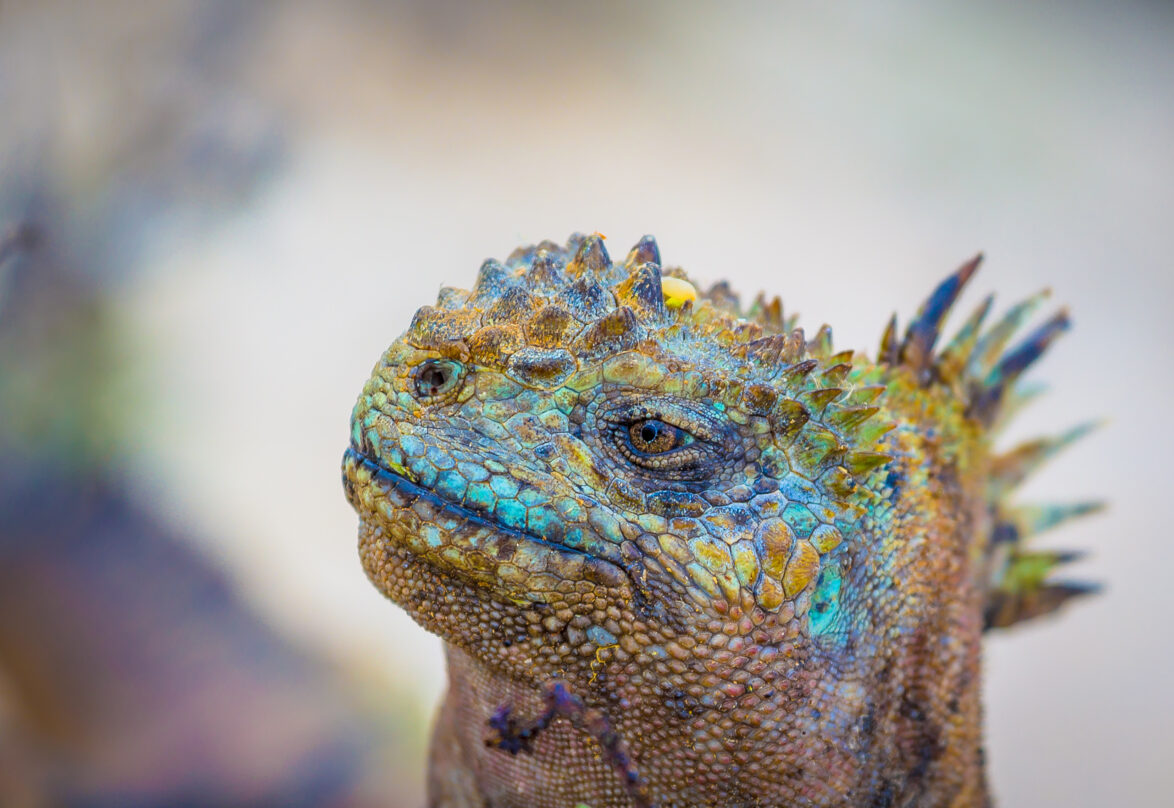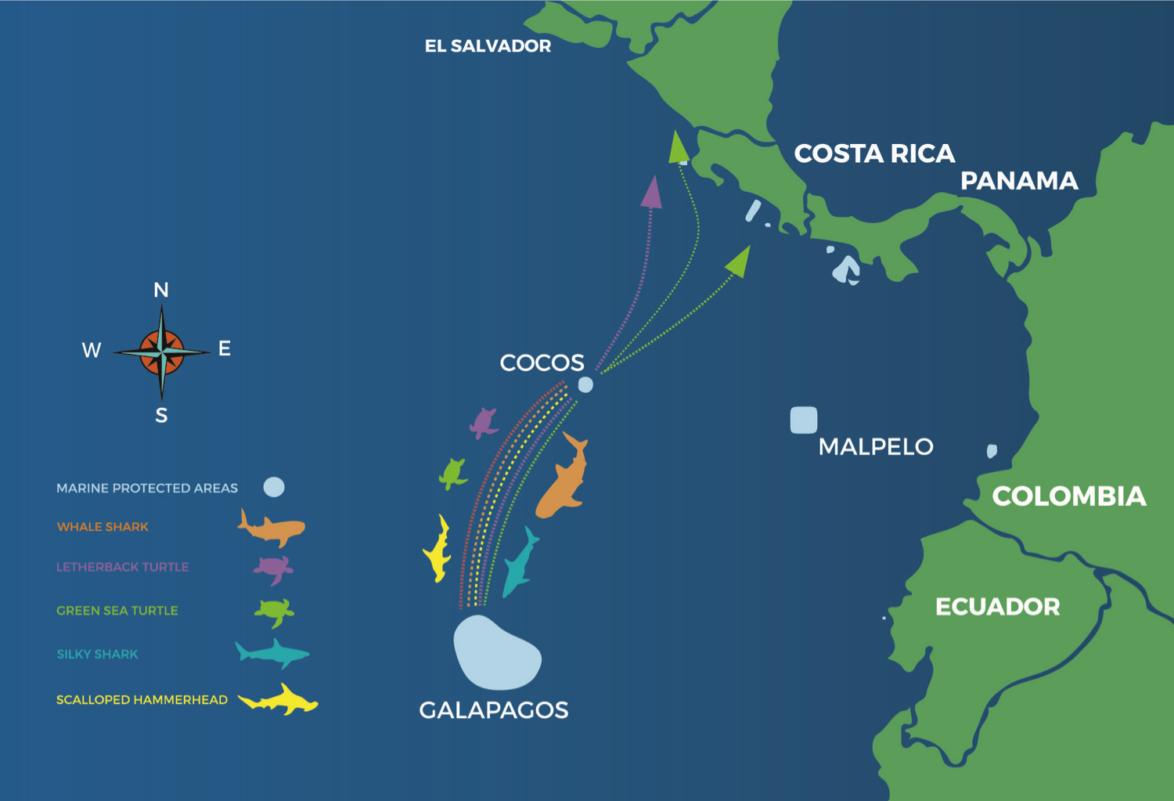The importance of islands
Islands comprise just 5.3% of the Earth’s land area, and yet are home to an incredible 20% of the world’s biodiversity, with high levels of endemism – species that are not found anywhere else. However, islands are also uniquely vulnerable, with 75% of all recorded extinctions occurring on islands. The leading cause of extinctions on islands are invasive species, implicated in 86% of all the extinctions that we are aware of on islands.
The Galapagos Islands are famous for their endemic species, with over 80% of land birds and 97% of reptiles and land mammals found nowhere else on Earth. Galapagos is still remarkably pristine, with 97% of the land area a protected National Park. Yet even here, 188 of the Islands’ species are now considered in danger of extinction, threatened by invasive species, overfishing, urbanisation and plastic pollution. If we can’t protect Galapagos, where can we protect?

Islands in numbers
75 %
of all recorded extinctions have occurred on islands
86 %
of island extinctions attributed partly or wholly to invasive species
1.5 k
Estimated number of invasive species in Galapagos
97 %
of reptiles and land mammals in Galapagos found nowhere else on Earth
Galapagos as a template for island conservation worldwide
The fact that Galapagos is so protected, and that so many scientists and NGOs are working on the Islands, means that they provide a wealth of research data which can be applied in the conservation of island ecosystems around the world. The Archipelago also serves as a globally important testing ground for new approaches to conservation and was the world’s first UNESCO World Heritage Site.
A number of eradication projects have been carried out since the 1960s to remove invasive species from the Islands, and GCT is currently supporting one of the most ambitious eradications ever undertaken, preparing Floreana island for the return of 12 locally extinct species.
Island Restoration projects
By restoring degraded island habitats, our aim is that species return and thrive alongside people.
Ocean protection and the ‘Swimway’
The waters around Galapagos are among the richest on Earth, home to the world’s greatest concentration of sharks, including a globally important population of whale sharks. We have also discovered vital nursery sites for Critically Endangered scalloped hammerhead sharks within the Galapagos Marine Reserve, and the Islands are home to unique species including the marine iguana, the world’s only ocean-going lizard.
The Galapagos Marine Reserve and the recently declared Hermandad Marine Reserve provide vital protection for marine life, but the surrounding waters attract huge industrial fishing fleets that harvest fish and other marine life once it leaves the safety of the Marine Reserve. Research supported by GCT has shown that there is a vitally important marine migratory route linking Galapagos with Cocos Island in Costa Rica, dubbed the ‘Swimway’, and GCT scientists are working with partners across the Eastern Tropical Pacific to ensure that this Swimway is protected.

Plastic pollution in the Eastern Tropical Pacific
The ocean also exposes the Galapagos Islands to another global scourge: plastic pollution. Huge quantities of discarded plastic arrive on Galapagos beaches every year, most of it originating from mainland South America or from local and international fishing vessels. GCT and the University of Exeter co-ordinate the Pacific Plastics: Science to Solutions (PPSS) network, which brings together scientists, NGOs and businesses from across the Eastern Tropical Pacific, and together we have mapped out the sources of plastic pollution in Galapagos.
The problems that we are now seeking to address are seen in oceans around the world, from the accumulation of microplastics on beaches to the entanglement of marine life in abandoned fishing gear. Our Plastic Pollution Free Galapagos programme aims to prove in Galapagos methods that can be applied to coastal national parks around the world.
Ocean Protection projects
The aim of our work on ocean protection is to ensure that the seas around Galapagos are pollution free and full of life.

